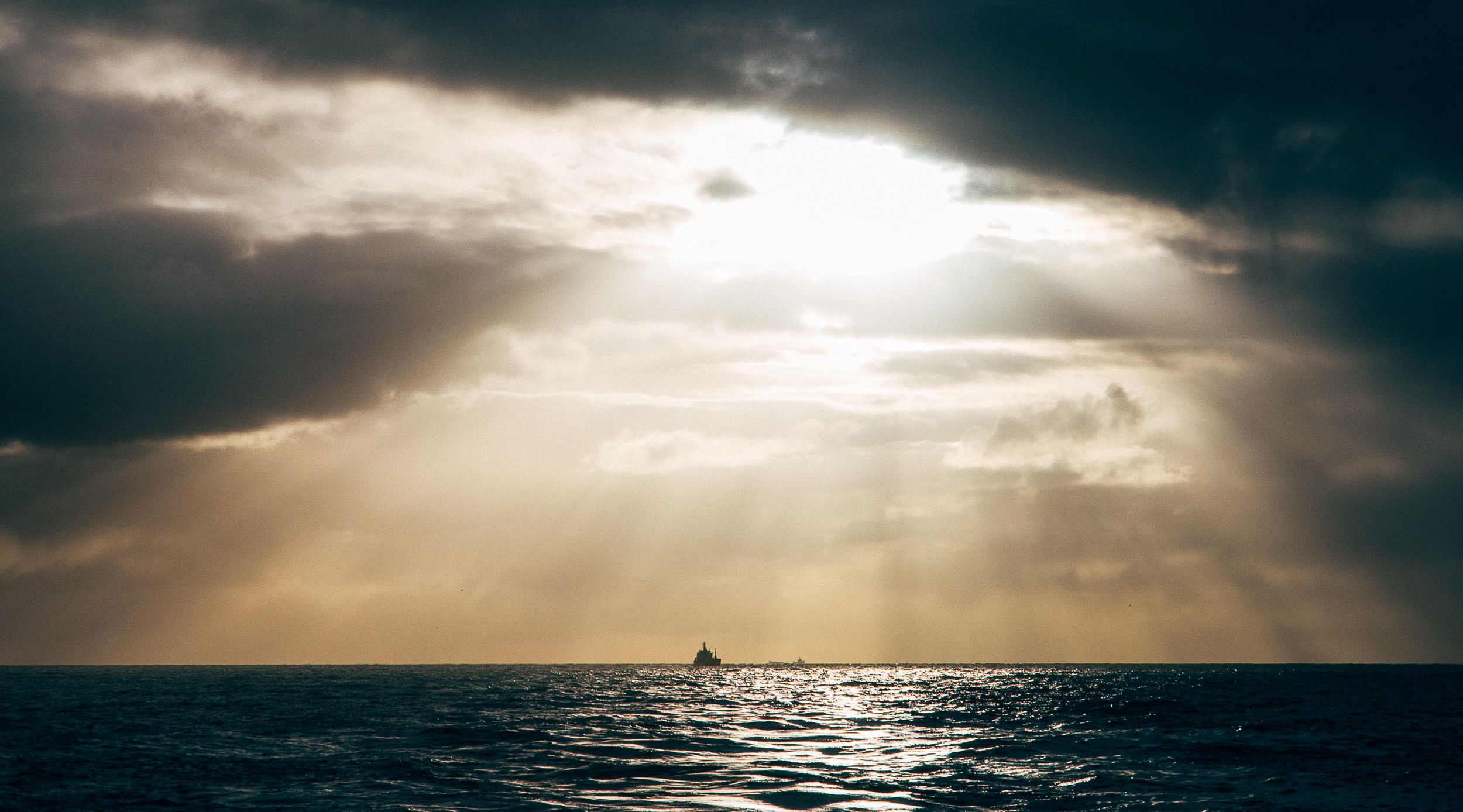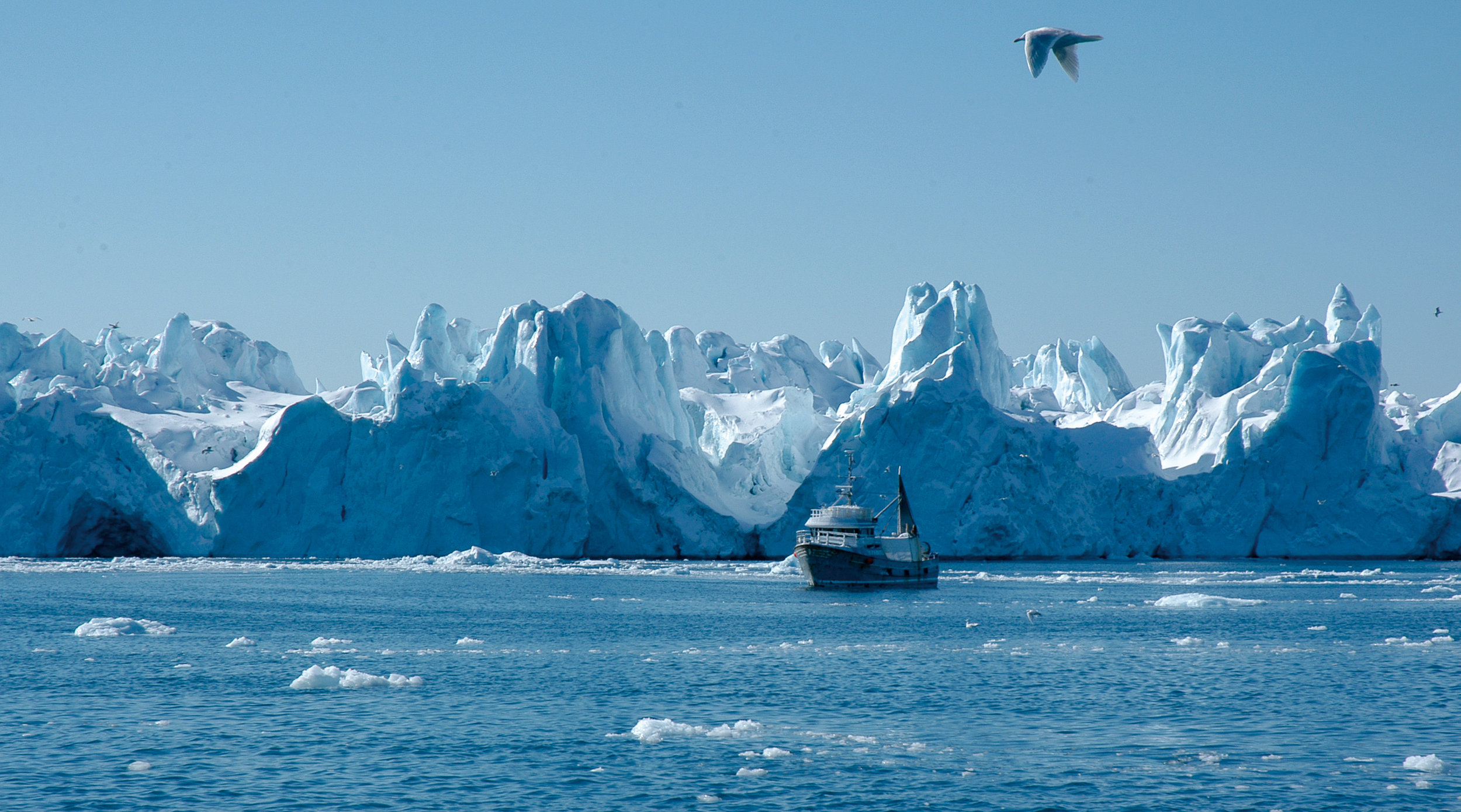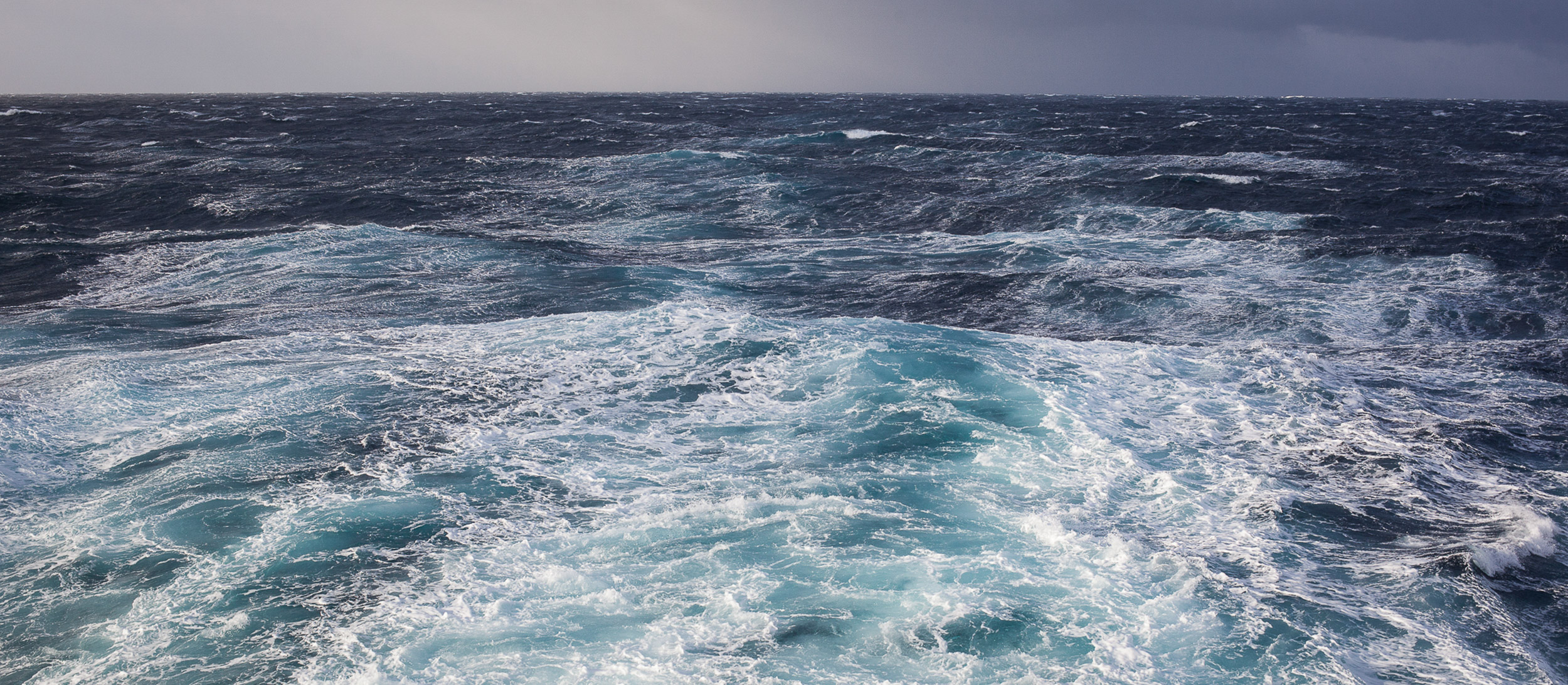Ocean Acidification - The Simple Truth
SCIENCE / BLUE BIOECONOMY
Writer: Vilborg Einarsdottir
Photographs: Jonathan Laurence, Kristjan Fridriksson, Snorri Jökull Egilsson, Hrönn Egilsdottir
March 2019
Ocean acidification is a term we have become familiar with in recent years. In connection with ocean pollution, changes in marine biodiversity, CO2 emissions and climate change in general. By now most of us have probably realized that there is nothing positive about ocean acidification. We may also be far from witnessing the worst effects it can have on our oceans, marine life and economies. Since oceans cover more than 70% of our planet’s surface, there is much at stake. This we know. But the science of ocean acidification, what it precisely is, why it happens and where its effects are felt the most may not be so widely understood.
To learn the basic facts JONAA took some basic questions to one of Iceland’s leading authorities on ocean acidification, Dr. Hrönn Egilsdóttir, marine biologist and research specialist at the Marine and Freshwater Research Institute of Iceland. As a marine scientist, ocean acidification has been the focus of her research work since 2006.
So, what is ocean acidification in its simplest definition?
“Ocean acidification is a term that simply means that the oceans are becoming more acidic and that the pH of oceans globally is decreasing,” explains Hrönn Egilsdottir.
What causes ocean acidification?
“The cause of ocean acidification is the uptake of CO2 from the atmosphere but as we all know by now we humans have been adding CO2 to the atmosphere since we started burning fossil fuels. The oceans have taken up about a fourth of the CO2 added to the atmosphere by humans. This uptake changes the chemical balance of the ocean and results in the decrease in pH, a change we refer to as ocean acidification.”
Do we know when ocean acidification began?
“Oceans have changed in the earth history, but the ocean environment has been rather stable for the last hundreds of thousands of years. Ocean acidification in our time began sometime in the 20th century when the concentration of CO2 in the atmosphere started rising at an alarming rate. In the 1970s scientists began realizing that by adding CO2 to the atmosphere, humans could cause global warming. However, it wasn't until the beginning of this century that scientists realized that the oceans were indeed becoming more acidic due to the uptake of CO2 from the atmosphere. Regular long-monitoring of seawater chemistry revealed that the pH level of seawater was decreasing on a global scale.”
“The oceans have taken up about 1/4 (a quarter) of the CO2 added to the atmosphere by humans. This uptake changes the chemical balance of the ocean and results in the decrease in pH and that means ocean acidification.”
The scientist working in a forest of Kelp.
Marine biologist, Dr. Hrönn Egilsdóttir.
Seaweed may hold a solution to a part of the problem.
How are the effects of ocean acidification detected?
“A problem we, scientists, are facing at the moment is the lack of underlying monitoring of ecosystems that would allow us to detect early changes to ecosystems due to ocean acidification. This means, that even though there would already be some ecosystem changes happening due to ocean acidification, we are unlikely to be aware of them, or at least, unlikely to be able to say if these ecosystem changes are due to ocean acidification or other environmental changes.
With increasing awareness of the problem that is ocean acidification, there has been an increase in research on the potential ecosystem effects of these changes,” says Egilsdóttir and adds, “marine ecosystems are naturally complex so there needs to be a lot more effort put into research so that we can detect the biological changes caused by ocean acidification.”
What is most affected by ocean acidification in the marine environment?
“The most vulnerable organisms are calcifying organisms as it becomes increasingly difficult for them to produce calcium carbonate. Bivalves, gastropods, and urchins are examples of taxa that are considered particularly sensitive to ocean acidification. For example, the oyster hatcheries on the west coast of the US have already seen significant negative effects of ocean acidification on larval survival of oysters”.
“Although calcifying organisms are especially vulnerable to these changes, other organisms have been shown to be affected, including fish. For example, Atlantic cod is a hugely valuable fish-species for fisheries in the sub-Arctic but recent studies indicate that ocean acidification could result in fewer healthy larvae developing, and therefore, could negatively impact recruitment of codfish stocks”.
“The few published studies on fish indicate that we do need to take ocean acidification seriously but because we still rely on such limited information, it is difficult to say how the fish stocks will be affected as the oceans continue to become more acidic,” says Egilsdóttir.
“The most vulnerable organisms are calcifying organisms as it becomes increasingly difficult for them to produce calcium carbonate. Bivalves, gastropods, and urchins are examples of taxa that are considered particularly sensitive to ocean acidification. For example, the oyster hatcheries on the west coast of the US already have seen significant negative effects of ocean acidification on larval survival of oysters.”
What are the effects of ocean acidification in our High North region?
“Arctic and sub-Arctic regions are not only experiencing an especially rapid rate of ocean acidification, but they are also especially vulnerable to these changes due to another reason," says Egilsdóttir.
“The term ocean acidification describes a decrease in pH but these changes are actually a bit more dynamic than just that. What also happens when CO2 is added to seawater is that the concentration of carbonate (CO3) decreases but carbonate is one of the two building blocks of Calcium Carbonate (CaCO3). Many marine organisms, such as bivalves, snails, urchins, various algae, corals etc. produce calcium carbonate.”
Egilsdottir further explains the negative effects on Arctic waters. “Ocean acidification and the decrease in carbonate concentration means that it will become increasingly more energy demanding for these organisms to produce their shells or structures. The problem at high-latitude regions is that the concentration of carbonate is already low there, due to the low seawater temperatures. So this resource, carbonate, is already in low concentrations in the Arctic and sub-Arctic. We could say that this building material is becoming more expensive but was already at a high cost in these cold areas.”
“Kelp forests could play an important role in a marine world experiencing ocean acidification. For example, it has been suggested that kelp forests, which harbor a significant amount of biodiversity, could act as refugia for species that are sensitive to ocean acidification. This is because algae photosynthesize and thereby, take up CO2 from their surrounding environment. In this way macroalgae, in particular, kelp forests, elevate pH in their surrounding seawater.”
JONAA©Snorri Jökull Egilsson
We know what the problem is and we know what the source of the problem is - CO2 emissions. Human communities, governments, and industries all need to work towards the goal of reducing the rate of CO2 emissions. There are some geoengineering solutions on the horizon aiming to capture and store CO2 from polluting industries or directly from the atmosphere but although these solutions could help us to some extent, the only real solution at this stage is limiting emissions of CO2 in any way possible
Your work is largely underwater - are effects of ocean acidification visible to the naked eye?
“No, at least not so that it is possible to say for sure that observed effects are due to ocean acidification. Marine ecosystems are not stable and we are changing them in multiple ways. So, the best, if not only, way to know if ecosystem changes are happening because of ocean acidification is to study biological communities and their environments systematically using scientific methods.”
“However,” Egilsdóttir adds, “there are places around the world where CO2 naturally seeps from the seafloor, causing localized ocean acidification. Such CO2 seeps are rare worldwide and generally relating to hydrothermal activity. Researchers have used these seeps to study how whole ecosystems respond to ocean acidification and at these sites, it is often possible to see the effects with the naked eye. Example of changes often observed at the vent sites includes thinner shells of snails and more fleshy algae at the cost of calcifying algal species.”
In an earlier JONAA article (see here), it was written that seaweed could prove important in battling ocean acidification. How so?
“Kelp forests could play an important role in a marine world experiencing ocean acidification. For example, it has been suggested that kelp forests, which harbor a significant amount of biodiversity, could act as refugia for species that are sensitive to ocean acidification. This is because algae photosynthesize and thereby, take up CO2 from their surrounding environment. In this way macroalgae, in particular, kelp forests, elevate pH in their surrounding seawater.”
Is it possible to reverse this increase in ocean acidification, or even completely stop it?
“There really isn't any way to reverse any changes that have already happened - what is important now is that we try to limit the damage to the best of our abilities. We know what the problem is and we know what the source of the problem is - CO2 emissions. Human communities, governments, and industries all need to work towards the goal of reducing the rate of CO2 emissions. There are some geoengineering solutions on the horizon aiming to capture and store CO2 from polluting industries or directly from the atmosphere but although these solutions could help us to some extent, the only real solution at this stage is limiting emissions of CO2 in any way possible,” says marine biologist, Dr. Hrönn Egilsdóttir. ▢
Vilborg Einarsdottir is the Editor-in-Chief of JONAA, the Journal of the North Atlantic & Arctic and a JONAA partner & founder. Formally a journalist for 12 years at Morgunblaðið in Iceland, she has worked since 1996 as a specialised producer of film, photography and media productions on extreme locations in Arctic Greenland and as a cultural producer in the Nordic-Arctic region. She is an awarded film and documentary scriptwriter, experienced project manager and editor of photography books from the Arctic.





















